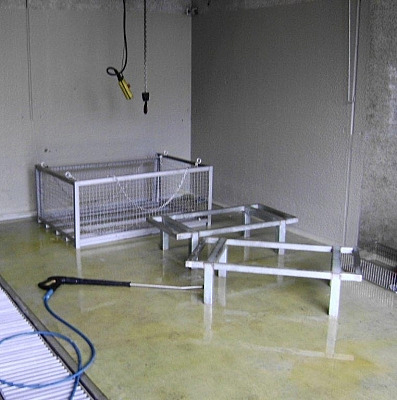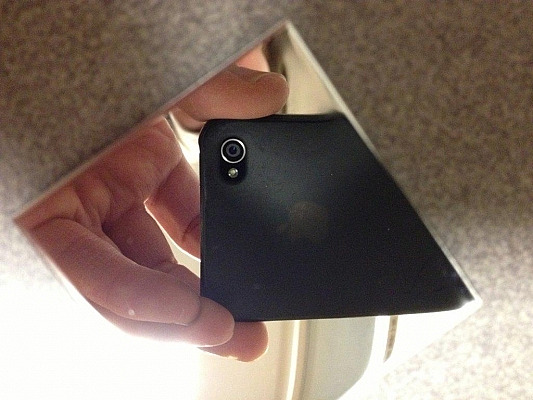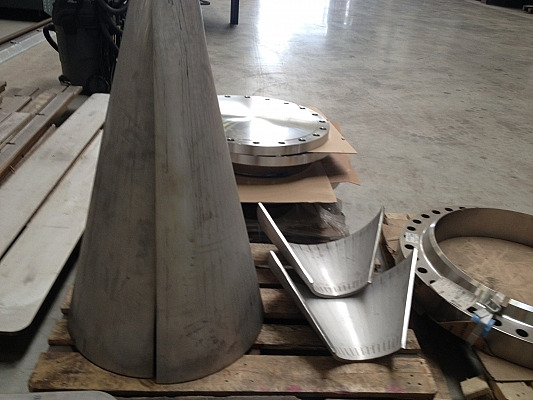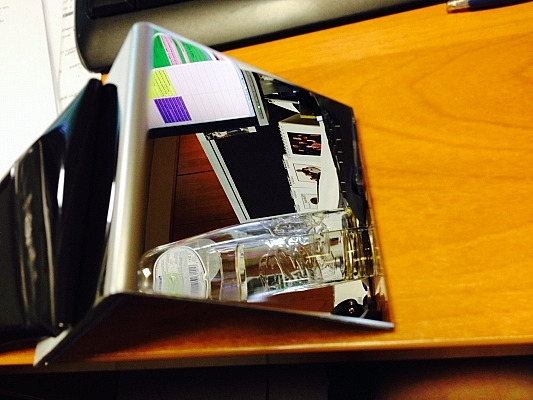Corrosion and surface treatment of welded joints

In the early 1990’s, the NIL (Dutch Welding Institute) conducted extensive research (Source: NIL) on the effects of various standard treatments on the corrosion resistance of welds; you will find an interesting article in attachment.
Welding produces a brown, rust-like discoloration. In order to get rid of this discoloration, pickling, glass blasting, or any type of brushing or sanding treatment is applied, sometimes hot.
The results are in line with the generally accepted knowledge of stainless steel, but here they are summarised again:
1. Leaving it untreated leads to a deterioration of the corrosion resistance
2. Pickling with and without passivation significantly improves resistance to corrosion. The pickling process applied (spray pickling or immersion pickling) had little impact in this respect.
3. Additional chemical passivation after pickling did not raise the level of corrosion resistance.
4. Glass blasting only produced a slight improvement.
5. Sanding or brushing led to no or just minimum improvement in terms of corrosion resistance.
What else can we conclude from this study?
- Obviously, welds should be treated after welding; if left untreated, this will lead to a deterioration of the corrosion resistance. All the finishes examined were found to be sufficient in themselves; none of the post-treatments led to a deterioration in the resistance to corrosion, while brushing or sanding did not produce any improvement either.
- From that standpoint, glass blasting is slightly better (but then has the disadvantage that the roughness value of the whole surface increases to some extent, which in the long term, of course, will also have a negative effect on the general corrosion resistance of the product.
- Pickling is obviously the best post-treatment in terms of corrosion resistance, knowing that additional chemical passivation makes no difference. Considering the latter treatment from a logical viewpoint, chemical passivation does speed up the passivation process, but this process also takes place spontaneously through air exposure within a period of 24 to 48 hours.
Other post-treatments such as electropolishing and new techniques such Viwateq and Sublimotion are not included in the study, primarily since the last two were not yet known at the time the research was conducted.



